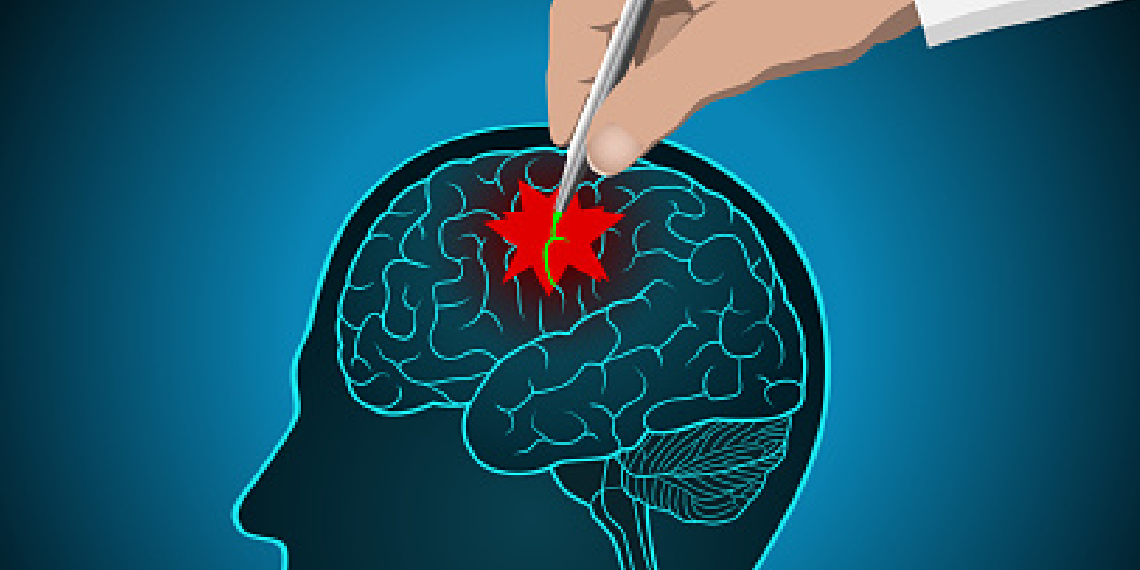For the year 2020, Quebec Science magazine’s annual list of top 10 scientific discoveries featured two studies on brain cancer led by McGill researchers. The list was selected by a jury of scientists and journalists and the top discovery will be determined by a public vote. Votes can be cast online until Feb. 8.
Peter Pan cells initiate childhood brain tumours
A major challenge in treating childhood brain tumours, the deadliest form of childhood cancer, has been the shortage of knowledge about the origin cells of tumour subtypes and their development, especially in contrast to normal brain cells.
Research led by Dr. Claudia Kleinman of the Lady Davis Institute at the Jewish General Hospital, Dr. Nada Jabado of the Research Institute of the McGill University Health Centre (RI-MUHC), and Dr. Michael Taylor of The Hospital for Sick Children used powerful high-throughput technologies to analyze the individual characteristics of hundreds of thousands of brain cells.
The team created a comprehensive atlas of cell types that are present during the normal development of the pons and forebrain—key brain regions vulnerable to tumours. Data from several tumour types were mapped onto this atlas to successfully trace the origin cell populations where the cancer-causing mutations first occurred.
“We found that several of these tumours originate in the earliest stages of cell differentiation, and that in some cases, the mutations are likely prenatal,” Kleinman wrote in an email to The McGill Tribune.
Additionally, the failure of origin cells to differentiate during development—change from one type of cell into another—has been identified as a common source of several types of brain tumours.
“Like Peter Pan in Neverland, once the mutation happens, these cells refuse to progress into a mature state, ultimately leading to cancer,” Kleinman wrote.
The researchers observed that the removal of the mutation in one cell type of cancerous origin allowed the cells to progress further towards their normal development, demonstrating that it may be possible to reverse the “Peter Pan” effect.
Since tumour survival is only dependent on the cell of its origin for a limited time, a better understanding of this dependency may help in the design of therapies that target specific types of childhood brain cancers at their earliest stages.
A method to the madness of glioblastoma
Cancer therapeutics aim to exploit specific vulnerabilities of cancer-causing cells, but a major challenge is that tumours are generally heterogeneous, meaning they contain a diversity of cell types with different sensitivities to treatment. Glioblastoma, the most common adult primary brain cancer, has a survival rate of only 10 per cent, five years after receiving treatment.
Research led by Dr. Kevin Petrecca of the Montreal Neurological Institute and Hospital of McGill University investigated the organization of different glioblastoma cells and their similarities.
Genetic data obtained from tens of thousands of single glioblastoma cells was analyzed to compare the development of clustered types of glioblastoma with that of normal cells.
“[We discovered that] there are many types of glioblastoma cancer cells within each tumour, and these cell types follow a pattern of organization and evolution that recapitulates normal brain development,” Petrecca wrote in an email to The McGill Tribune.
Furthermore, the analysis identified a type of progenitor glioblastoma stem cell (GSC) that initiates a hierarchy of cell lineages of glioblastoma.
“Cancer stem cells give rise to four lineages of differentiated cancer cells,” Petrecca wrote. “Critically, the stem cells are the most proliferative.”
The high proliferation rate of GSCs—the fact that they divide most rapidly and contribute disproportionately towards tumour growth—makes them a promising target for therapy.
While GSCs were shown to be the most resistant to Temozolomide (TMZ), the current chemotherapy standard of treatment for glioblastoma, leveraging a compound that inhibits the function E2F4—a protein family that GSCs rely on for survival—has significantly reduced tumour growth and increased survival in a mouse model.






